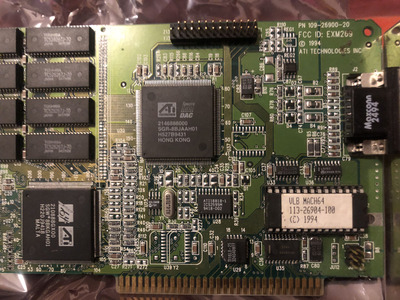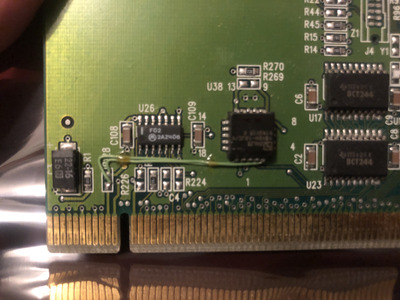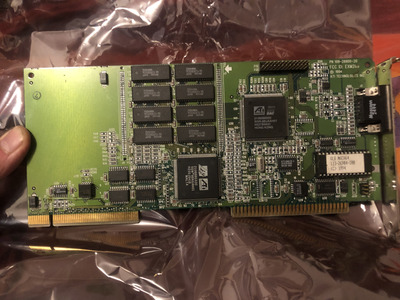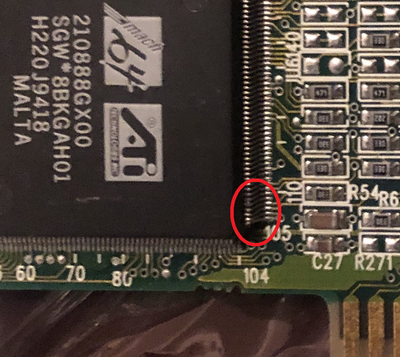First post, by Jester
So I have this old video card I bought on eBay years ago before retro pc became a big thing. I believe it’s a 2mb graphics pro turbo (correct me if I’m wrong) but anyways I have a working 486 system with a Kelvin64 card that I would like to get the ATI card working in its place. This is the first time I pull it out and test it since I bought it ten years ago and we’ll it doesn’t work. It posts fine , can hear the machine counting the ram , one post beep, hard drive starts loading dos, but there’s no video signal ! Old video card works fine and I get a picture.
Now I’m looking the card over and notice theres a slight modification to the card and I suspect the missing video signal is either because of this wire that’s been soldered on it, or because of a bad memory / bios chip. Thanks for your opinion 😀




